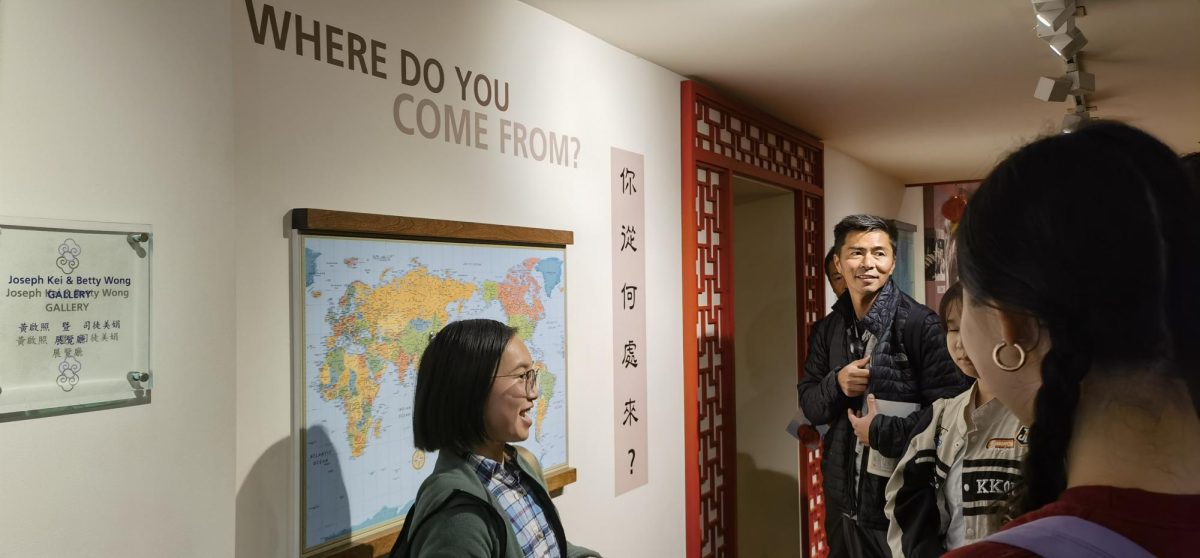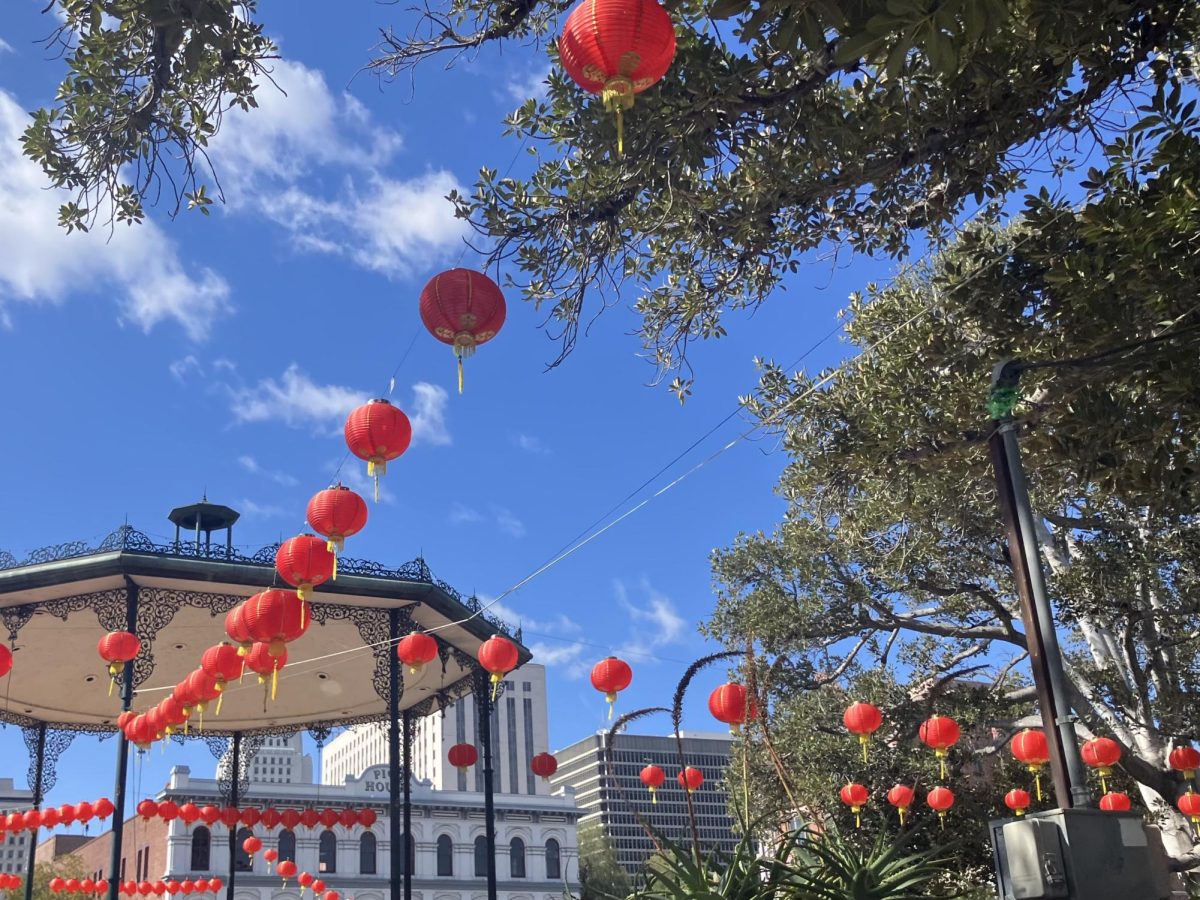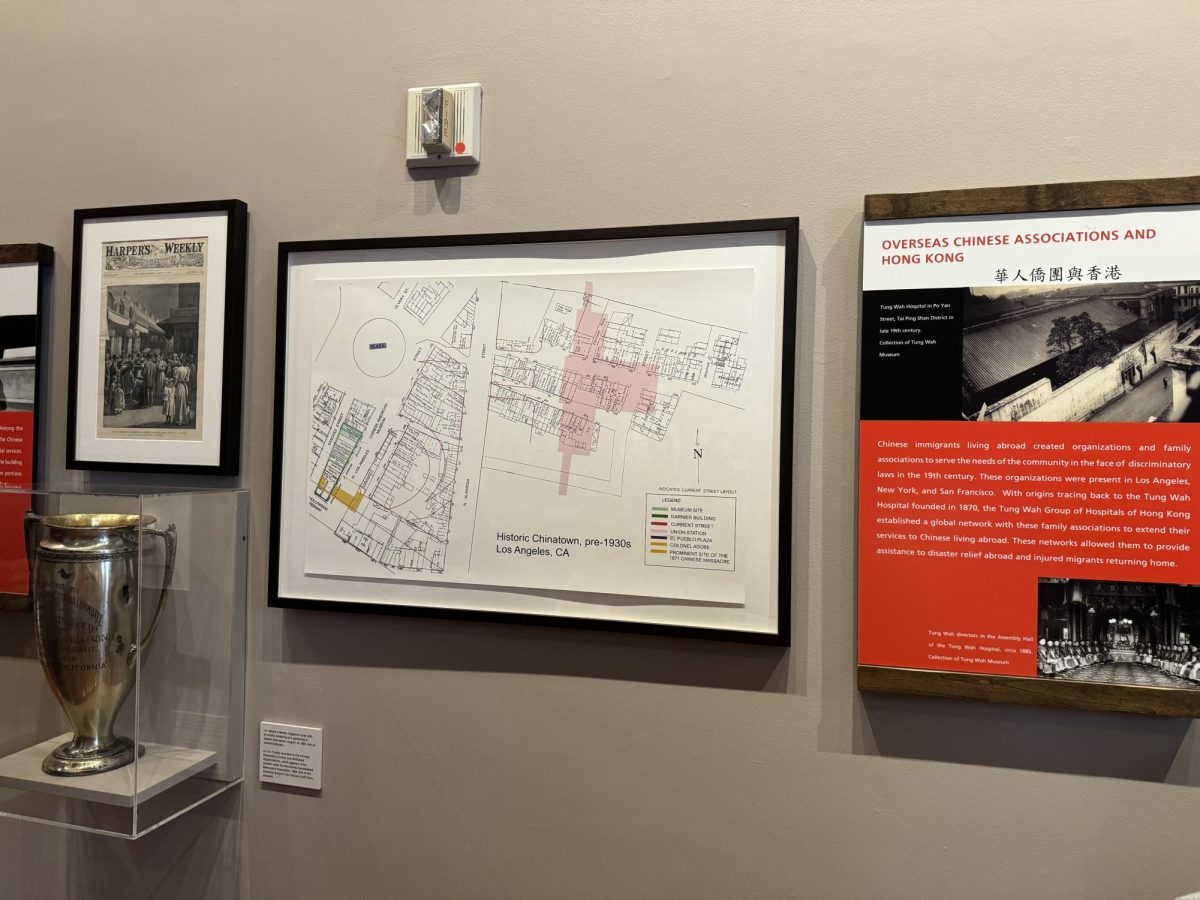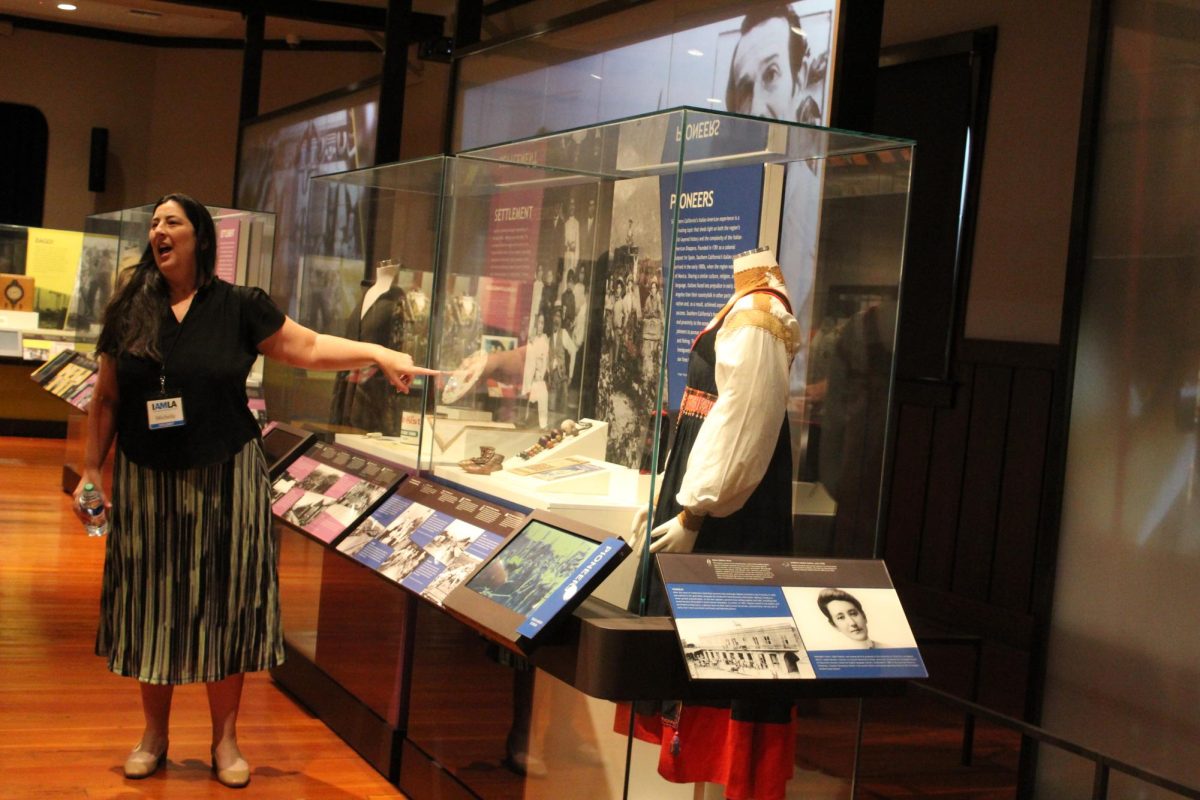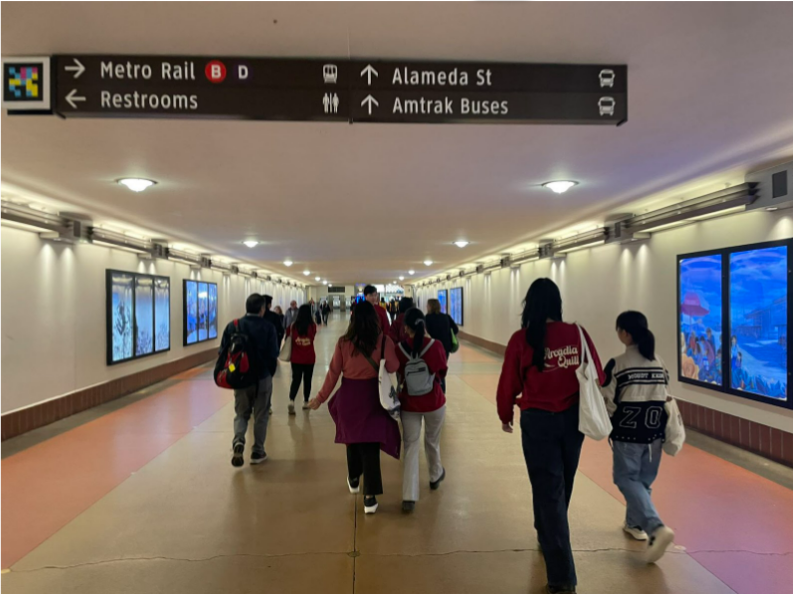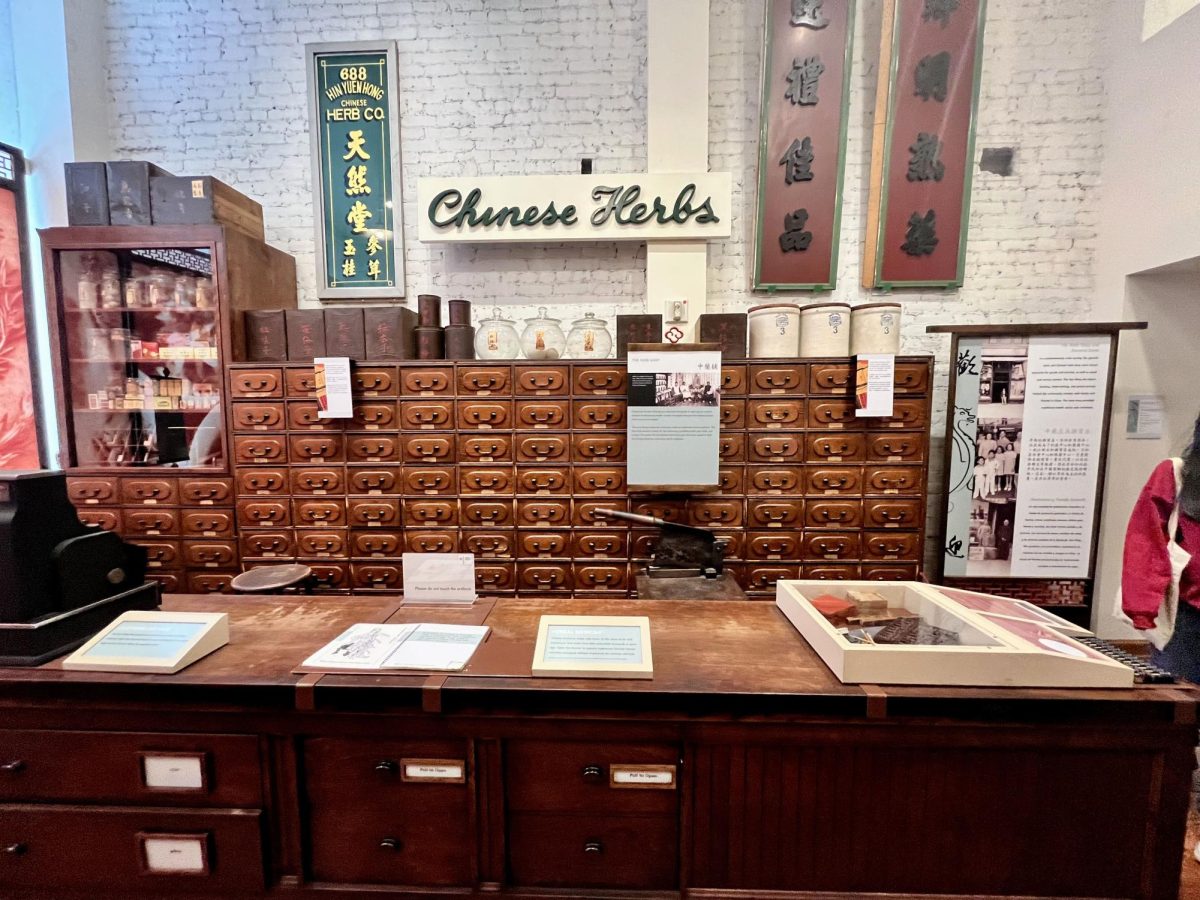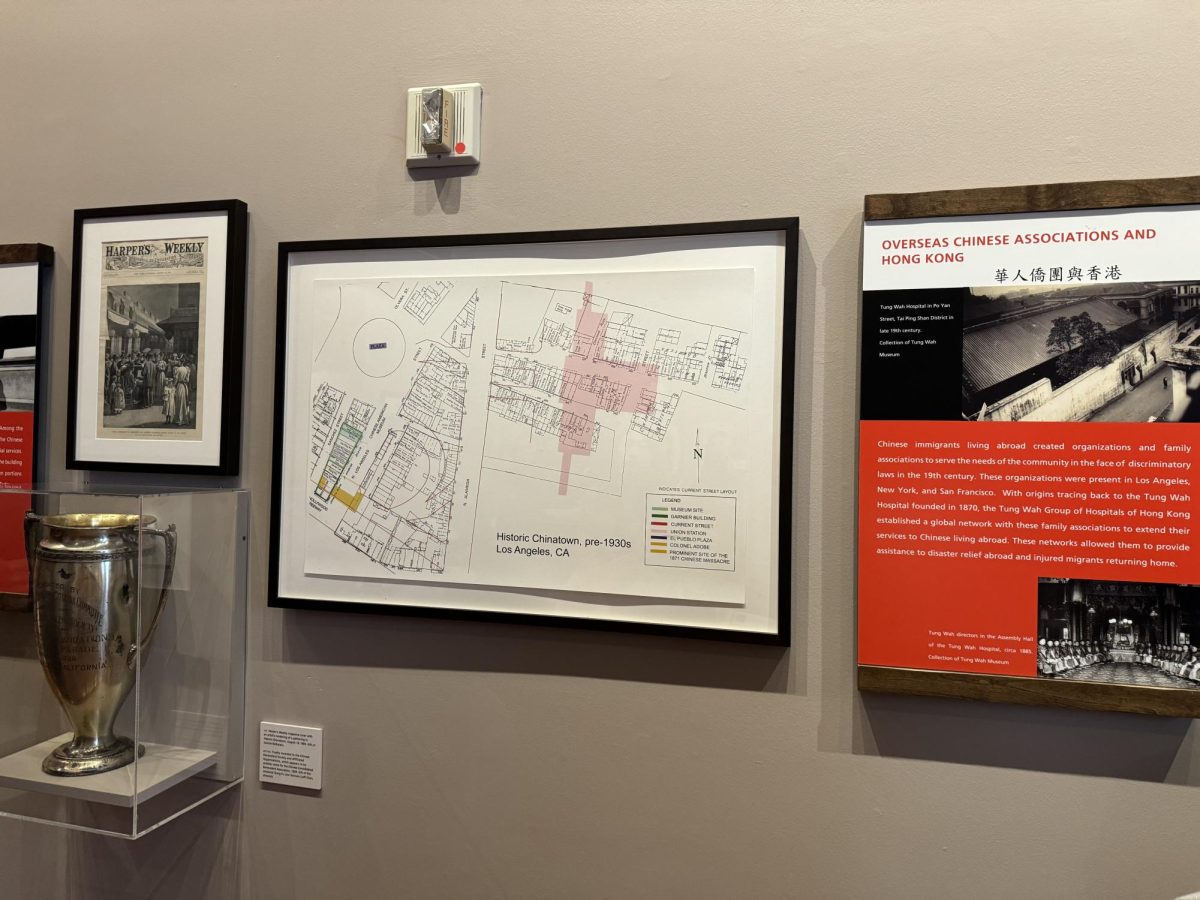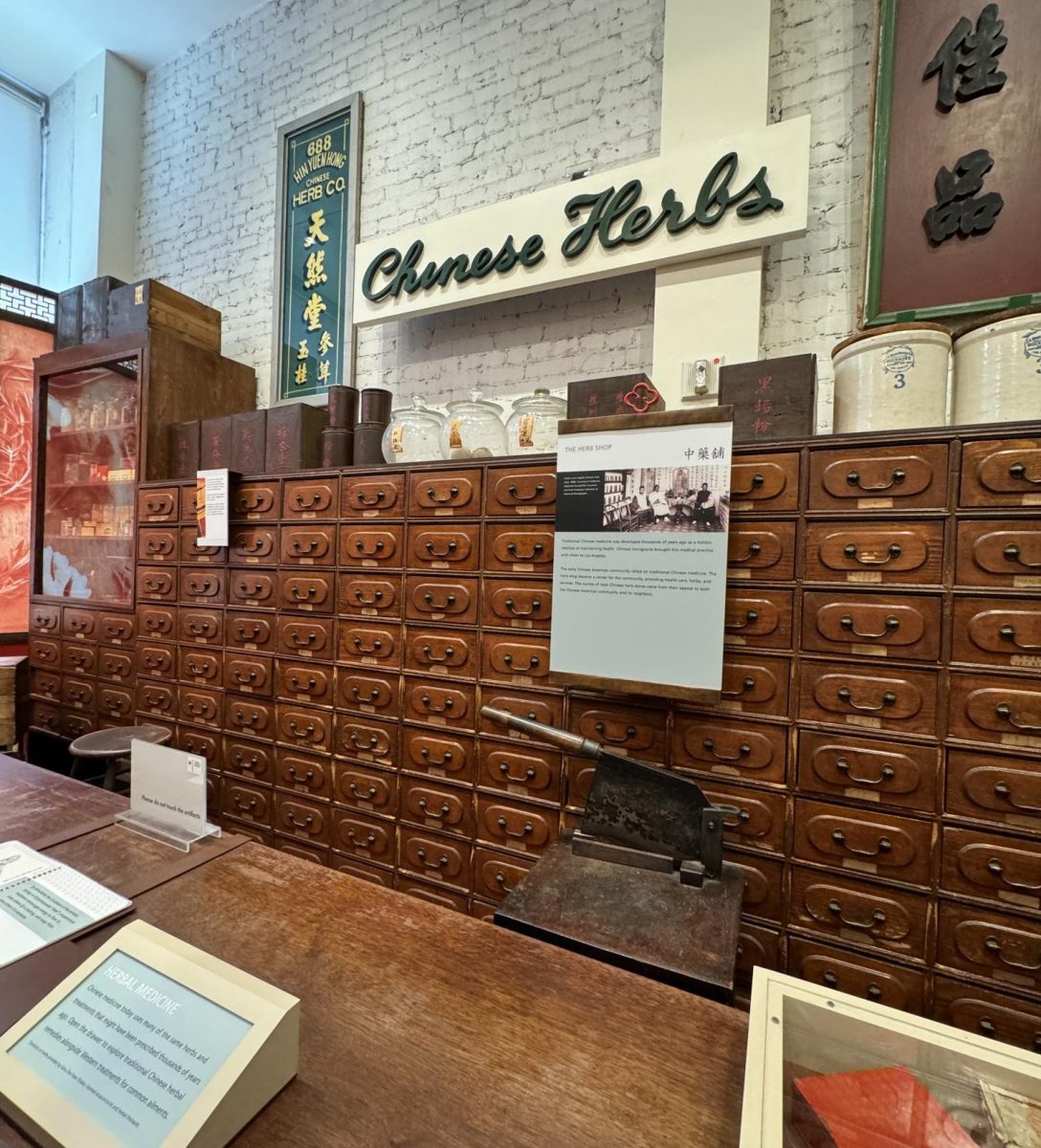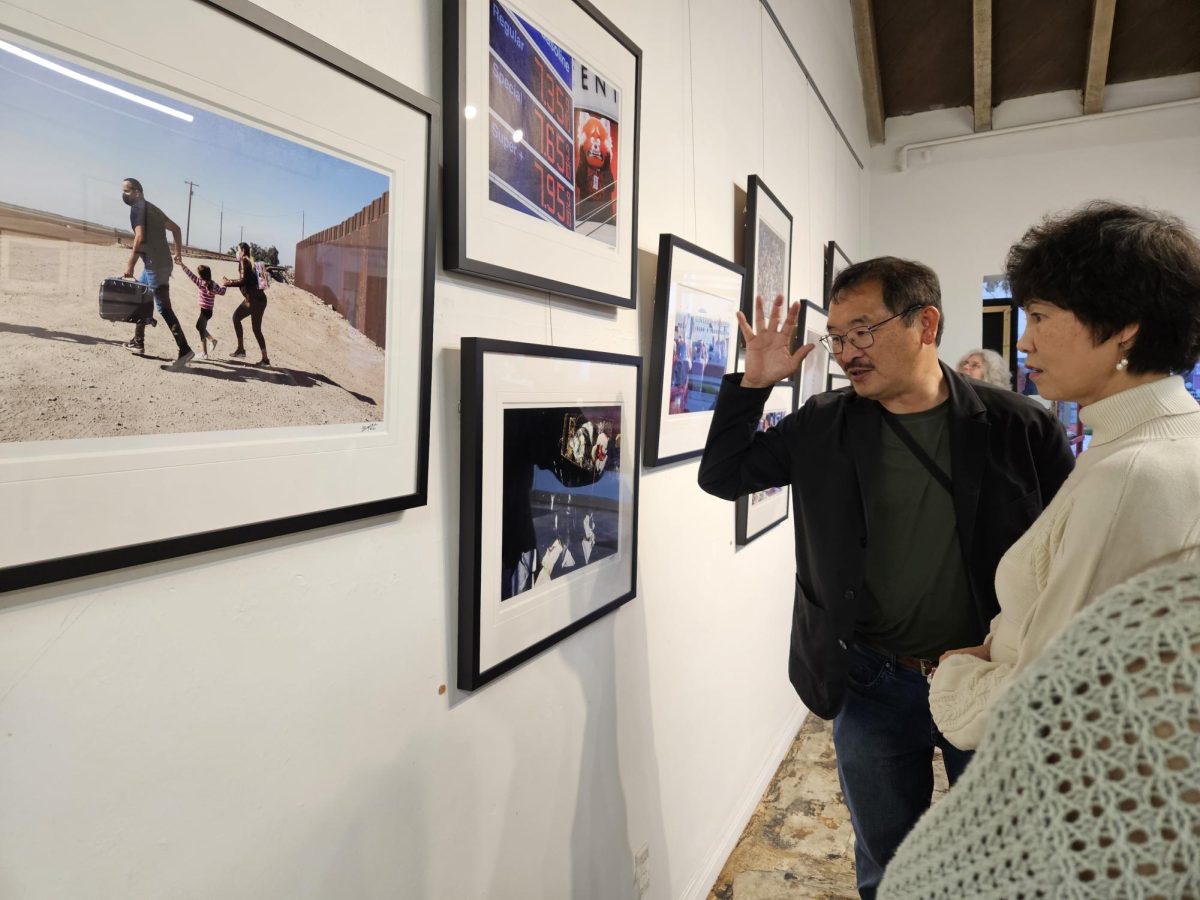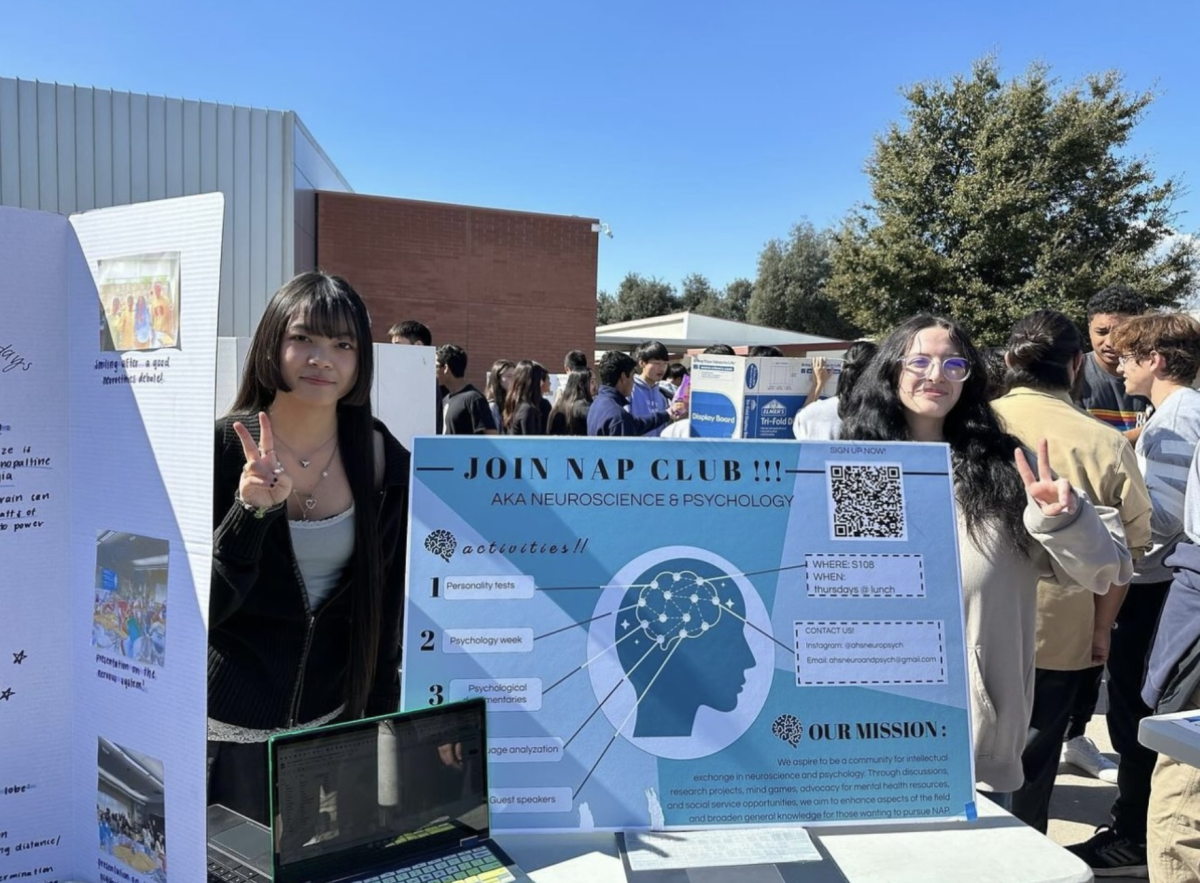Ever since China opened its doors to foreign powers in the 19th century and its citizens began to move abroad, the attitude towards Chinese immigrants in the U.S. has been complex. Certainly, the immigrants faced discrimination based on their race and also their status. At the Chinese American Museum in Downtown Los Angeles, not only did their exhibits document the history of how immigration laws towards Chinese people have evolved, but also the stories of those who had to live under these harsh rules.
Even as early as the 1850s, there were already laws that actively suppressed the Chinese population in California. During the California Gold Rush, the Foreign Miners Tax established in 1852 placed the burden of paying mostly on Chinese and Latino miners. And in 1854, People v. Hall established that people of color could not testify against white people. These laws were especially harsh for Chinese immigrants, as many of them came to the U.S. hoping to have new lives after they escaped the chaos of the Taiping Rebellion and the Second Opium War.
The 1860s saw the arrival of new waves of Chinese immigrants, but the exploitation of Chinese people increased as well. Policies like the Police Tax established in 1862 forced every Chinese person to pay $2.50 monthly to the government. And the Civil Rights Act of 1866, which granted people of “every race and color” the privileges that come with citizenship, did not apply to Chinese people. Thousands of Chinese laborers arrived in California to serve as cheap labor in the construction of the first transcontinental railroad, and the Burlingame Treaty of 1868 encouraged immigration further by allowing unrestricted Chinese immigration.
During the 1870s, anti-Chinese sentiments reached new heights due to economic crises associated with the Long Depression that lasted from 1873 to 1879. The Los Angeles Chinese Massacre of 1871 led to the death of 19 Chinese men and boys. The Page Law of 1875 barred entry of Chinese, Japanese and Mongolian felons and contract laborers. And in 1879, Los Angeles County voted against Chinese immigration 98% to 2% and California forbade local governments and corporations from hiring Chinese workers.
The passage of the Chinese Exclusion Act in 1882 suspended the immigration of all Chinese laborers for ten years. Tape v. Hurley segregated Chinese children in schools until its repeal in the 1930s. Despite these harsh curtailing of Chinese people’s rights, the landmark case Wong Kim Ark v. U.S. in 1898 established that anyone born in the U.S. cannot be stripped of their citizenship.
With the advent of World War I in 1914, Chinese immigrants benefited from the war as new policies were enacted to allow American servicemen of Asian descent to become naturalized citizens. It is also during this period that Angel Island, the infamous immigration station in San Francisco Bay, began to process incoming Chinese immigrants and subject them to extremely biased interrogations to catch “Paper Sons and Daughters.” Paper Sons and Daughters were Chinese immigrants who purchased forged documents which claimed they had a blood relationship with immigrants who had already received residency or citizenship.
After World War I, Chinese Americans worked their way into governing administrations. In 1925, You Chung Hong became the first Chinese American to pass the bar exam in Southern California. And Peter Soo Hoo in the same year became the first Chinese American to work for Los Angeles after he was hired by the Department of Water and Power.
The Second Sino-Japanese War started in 1937 and became a prelude to World War II. As China became one of the “big allies” in the conflict, American laws for Chinese immigrants were repealed or modified to better promote this new allegiance. In 1943, Congress officially repealed the Chinese Exclusion Laws. And after the war in 1948, California repealed its anti-miscegenation law (law that prohibits marriage of different ethnicities).
However, the improvement in the treatment of Chinese Americans proved short-lived as the Cold War started between the U.S. and the Union of Soviet Socialist Republics (U.S.S.R.). The Red Scare started by Wisconsin senator Joseph McCarthy led American conservatives to suspect Chinese Americans as communist sympathizers. This paranoia is also influenced by the proclamation of the People’s Republic of China by Mao Zedong in 1949. Later programs such as the 1959 Chinese Confession Program, which allowed Paper Sons and Daughters to confess their identity to adjust their immigration status, were poorly received by the Chinese American community due to a fear of deportation and a lack of clear benefit in confessing one’s true identity.
Although the Civil Rights Movement of the 1960s is more commonly associated with the desegregation of African Americans, the movement also helped out Chinese Americans because of its goal to end desegregation based on race The movement would lead to the Immigration and Nationality Act of 1965, which repealed immigration quota systems that are based on national origins and finally opened the doors for Chinese immigration. The normalization of diplomatic relations between the U.S. and China in 1972 further improved the immigration process for Chinese immigrants.
Comparing the history of how Chinese immigration laws evolved in the U.S., Mr. Michael Pasqua, who teaches U.S. Government and Economics, pointed out that discrimination is a common element in every wave of immigration.
“The first wave of immigration came from Northern Europe, England, France, etc. The second wave of immigration came from Southern Europe, Italy, etc.” said Mr.Pasqua. “Every time there’s a new wave of immigration, there’s going to be hostility towards the ‘outsiders.’ When immigrants came from Ireland, there would be signs saying ‘no Irish need not apply’. In every wave of immigration, the lack of assimilation becomes a problem as far as being able to join the population,”
Even when Chinese people were allowed to immigrate to the U.S., they still have to struggle with overtly racist social policies and segregation from normal society.
“[American workers] blamed the Chinese Americans for taking their jobs, or the Chinese for taking their jobs.” said Mr. Michael Freese, who teaches Modern World History. “It created a mythology about the Chinese, and a whole group of people are segregated because they spoke differently, looked differently, and dressed differently. And that manifested in social and political changes such as forcing Chinese and Chinese Americans into ethnic enclaves, like Chinatowns, and they were excluded from American culture.”
As immigration is still a major issue in national politics, what measures can the U.S. as a society take to increase the acceptance of immigration? For Mr. Pasqua, a compromise between immigrants and the locals will bring positive change.
“Both sides have to give a little bit. We have to be receptive to the new waves of people coming in here, but at the same time, they should be more flexible in terms of adapting to the environment if their purpose is coming in for a better life,” said Mr. Pasqua.
For Mr. Freese, education and active exposure to new cultures is the solution to easing the tension on the issue of immigration.
“A lot of areas in our country are just underexposed, they don’t have people from other races, other cultures, in their classrooms, in their parks, etc.” said Mr. Freese. “When people don’t fully understand other cultures, they judge based on that ignorance. Getting people to learn through reading books about other cultures, trying other foods, being open and willing to ask questions of other people in a way that seeks to understand, it makes a big difference. You really do have to be intentionally open about it.”
Understanding and discussing the waves of immigration in U.S. history not only teaches us how the U.S. demographic has evolved over time, but also how to avoid the fear that comes when new people arrive. The history of Chinese immigration is particularly important to the history of California, and with resources such as the Chinese American Museum to document it, U.S. society can avoid the mistakes of the past and become more accepting of other cultures.
Photo by Richard Dai

